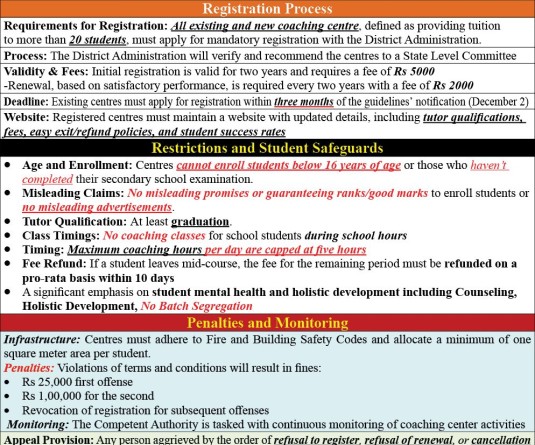
Morung Express Feature
Phangsang | October 27
It’s shooting time in ‘Phangsang town’! It’s around 4:00 pm and folks of various ages, some as young as four or five, armed with catapults wait on the road. There must be more than a hundred of them armed with catapults and bags full of mud pellets. The birds are a little late this evening.
They are waiting for the Amur Falcon (Falco amurensis), the migratory bird which visits the adjoining jungles every year from mid-October till mid-December. The hunters are waiting for the birds to return to their roost presumed to be in the jungles of Changtongya village (under Mokokchung). Interestingly, the roosting place has been declared ‘Kanglatu Community Bio-Diversity Reserve’.
The hunters here say that the birds, after feeding on ‘flying termites’, will be returning to their roost. They have about one hour before the rendezvous. So till shooting time, the local hunters play a card game. But here, it is not money they are gambling for, but the earthen pellets, which they have plenty in their bags along with spare rubber catapults. One or two of the falcons pass by the hill. Some of the hunters stretch their catapults and shoot blindly into the air. ‘It’s a one in a hundred chances to shoot down a flying bird with a catapult,’ says Aopong, a visitor to the area to experience the swarming birds.
The sun slowly descends and dusk arrives. The hunters, with their catapults, are ready in the engulfing darkness. The time is 4:50; the birds are finally returning to their roost. For the next seven minutes, there are only the loud slapping sounds of recoiling rubber and the occasional shouts of joy and excitement as an unfortunate bird falls to the mud pellets.
The rendezvous ends as soon as it started and the hundreds of birds pass by swiftly within seven minutes. The hunting is over for tonight. It will continue for the one and half month, until the birds go off to the place they come from (wherever they came from).
The villagers here do not know much about the migratory birds other than to shoot them. Phangsang town is more or less a rural area inhabited mostly by teachers and some local farmers. It is an area belonging to Yaongyimti villagers belonging to the Chang Naga community. This annual phenomenon of migration happens every year. The residents know the birds only by their local name “Molulem”. Their knowledge about the migration is also limited. All that the residents can say about the migration is that the birds cross over their area from Changtongya area to feed on “Aanung” (commonly known as ‘flying termites’) during this part of the year.
They do know, however, that meat of the birds is a delicacy – and as usual, some even say it has “medicinal” properties. The next few weeks till mid-December would be a time of shooting, and talks about how many birds were shot down by whom. It is nothing new for the villagers. However, with issues of maintaining ecological balance and preserving biodiversity around the world gaining more and more importance, perhaps the state government or societies can also do something in this regard, such focusing on the enjoyment of watching the birds in the sky rather than in cooking pots or fire.
The annual migration will be a treat for zoologist or bird watchers – or better still, with the God-given scenic beauty of Yaongyimti village, the undisturbed rural life, the cool air and the fresh waters, this part of the state can become a hot tourist spot; one that would not only highlight the Nagas’ traditions and hospitality but also give an opportunity to witness the wonderful mystiques of nature, flying in hundreds. Hopefully, the people would find a better use of the birds than to shoot and eat them.




